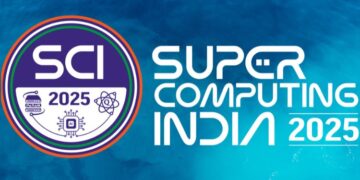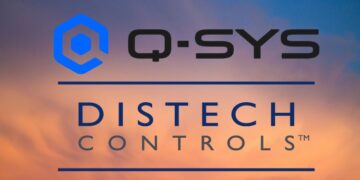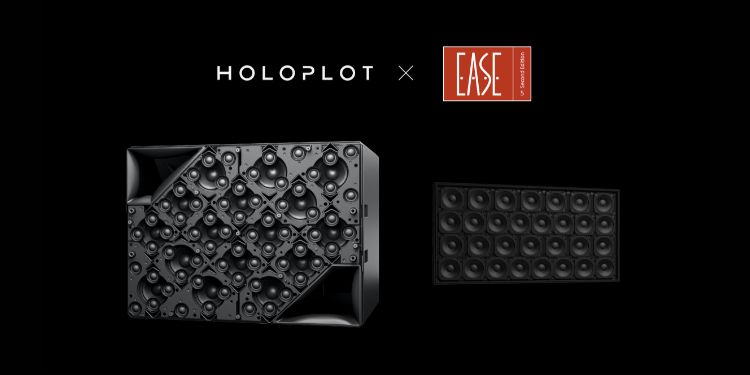The inclusion of Holoplot products in the latest EASE 5 update, will allow users to investigate the possibilities and impact of using Matrix Arrays in their venue, or any venue. Users can model Matrix Arrays and Beam Optimisations in the company’s Plan system design software to view sound pressure level simulations. The resulting array configurations can now be exported to EASE 5 for further analysis based on closed-room simulation.
AFMG Managing Director Stefan Feistel and Emad El-Saghir, Fellow at Holoplot, explain how the collaboration came about and how the inclusion of Holoplot’s advanced loudspeaker systems in EASE 5 Second Edition will benefit all end users.
AFMG Technologies, the creator of EASE, and Holoplot are both boundary pushing, forward thinking industry leaders. Long the standard for electro and room acoustic modelling, the EASE software contains over 150 brands of loudspeakers and more than 3,000 individual products.
“The changes required to accommodate the complexity of Holoplot X1 and X2 data will benefit all end users of EASE 5, with the enhanced support for cluster-type GLL files recently released in EASE 5.59 and the improved data flow between Holoplot Plan software and EASE 5,” Feistel states.
The addition of the room simulations with EASE 5 enables all closed-room performance metrics such as diffuse field, STI and auralisation predictions to be accurately obtained and easily compared with any product from the 150 brands contained in the EASE 5 Library. Objective validation is another benefit of using a brand independent software to model speaker systems and room acoustics.
El-Saghir has real world experience of the benefits of using EASE. Even within the early days of the EASE/ Holoplot relationship, the importance of accurate room simulations was clear.
“We were early adopters of the EASE software,” explains El-Saghir. “Before the new EASE 5 updates we had a hard time simulating large projects such as Sphere because of the huge arrays and large numbers of inputs involved. AFMG were very supportive, providing us with a dedicated server to run our calculations and simulations. By 2018/2019, we had a special version of EASE to run our simulations, so we could stop using the dedicated server. In the early planning stages of Sphere, I could actually design the layout of the system and size the arrays. At the time, the development of our own tools to design was work in progress, so this allowed us to work on the Sphere. Today, our own tools are much more powerful, but back then these simpler tools were extremely helpful.”
Complex projects such as Sphere often force advances in technology and X1 was further developed in response to the needs of Sphere’s performance space. The innovations were also felt with EASE. The new performance requirement for Holoplot simulations in the design of Sphere benefits all users. A 64-bit version of the calculation engine utilized by Holoplot, as well as other advancements, are now available to all users regardless of their loudspeaker choices.
Existing users of EASE 5 requested Holoplot’s inclusion in the library, and the continuing relationship between these two pioneering companies has been mutually beneficial, as they both agree.
“You can now open a project in EASE and simply scroll down to Holoplot in the loudspeaker library. This allows you to experience accurate calculations for the Matrix Array inside that venue and is a very interesting scenario for users to explore,” says Feistel.
“Beyond Sphere, EASE was utilized on other major Holoplot projects,” El-Saghir concludes. “That is the power of the GLL format and the accessibility of combining Holoplot Plan with EASE. The comparisons between simulation results and real-world experience are very pleasing and have been repeatedly confirmed in even the most difficult venues to achieve good agreement.
“EASE must be the choice of any consultant that wants to use Holoplot Matrix Arrays. It is the power and accuracy of AFMG’s award-winning modelling engine that makes it the best possible solution for a meaningful simulation of our systems.”
















